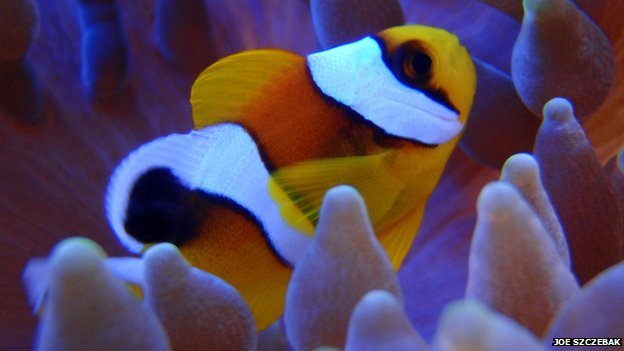Clownfish are much loved in the aquarium hobby, and are probably some of the most iconic and most recognizable and quirky reef fish in popular culture. This is primarily because of their text book mutulaistic relationship with anemones, the anemone provides protection and in return the clownfish keep away any intruders.
However, it now turns out the clownfish are actually a lot more involved than previously thought, playing a vital role in increasing oxygen flow to the anemones. In fact researchers found anemones hosting clownfish to use 1.4 times as much oxygen, compared to anemones not hosting clownfish. The reason? The movement of the fish increases water flow around the anemone and thus it’s available oxygen supply
Perhaps even more interesting however is that clownfish with hosts were more likely to move around at night than those without a host, exhibiting behavior defined as fanning, wedging and switching. The researchers describing each term:
“During fanning, clownfish were motionless among the tentacles, aside from rhythmically flapping their pectoral fins, during wedging, the clownfish forcefully wiggle deeper into the anemone’s bed of tentacles, causing a flutter of tentacular activity. Lastly, during switching, clownfish rapidly changed their orientation within the anemone.”
It is thought that like general movement this behavior increases water flow around the anemone.
[via BBC Nature]



